New energy vehicles: Competitive forces and new battlegrounds
Thursday, February 10, 2022 New energy vehicles: Competitive forces and new battlegrounds
By Fang Yue
The new energy vehicle (NEV) industry experienced explosive growth in 2021. In the first ten months of the year, the NEV market penetration rate in China came in at nearly 13%, up 8% from 2020. This robust growth has made NEVs a tantalising proposition for three major players: traditional vehicle manufacturers, emerging NEV companies, and tech giants. These players are now competing on software R&D, new business models, and branding.
From January to October 2021, China’s NEV production reached 2.57 million units and sales reached 2.54 million units, a year-on-year increase of over 180%. Calculated by sales, the market penetration rate of NEVs reached 12.1%. Although adversely affected by COVID-19, production capacity, and the global chip shortage, the annual sales of NEVs were expected to exceed 3 million units and secure a market share of 13%-14% by the end of 2021.
China’s latest 15-year development plan (2021-2035) for the NEV industry has set a market penetration target of 40% by 2030. In order to meet this target, the NEV market share will have to grow at an average annual rate of nearly 3% over the next 9 years. Based on recent trends, this is not an insurmountable goal. Moreover, the NEV market is expected to reach a scale of trillions of RMB by that time. Furthermore, international analysts expect that the annual sales of electric vehicles will reach 28 million units by 2030 and 48 million by 2040, surpassing that of gasoline and diesel models.
The NEV industry continues to be a hotspot for investment, with around $400 billion being poured into the sector over the past decade, including more than $100 billion since 2020. Robust global growth and prosperous development have attracted interest from traditional vehicle manufacturers, emerging NEV companies, and tech giants, all of which want to secure a share of the burgeoning market. Specifically, the NEV race has come down to three battlegrounds: software R&D, business models, and branding.
Three pillars for NEV industry growth: policies & regulations, products, and the market
What is fuelling the future of electric vehicles? First, climate change and policy regulations. In the coming decades, human beings will face five significant challenges: carbon emissions and climate change, an aging population, continued urbanisation, the rise of the middle-class, and a widening wealth gap.
Countries worldwide are now adopting new energy as a strategic development direction and encouraging the green transformation of the automotive industry. The European Union, for example, has pledged to reduce greenhouse gas emissions by at least 55% by 2030. Meanwhile, the United States is aiming to make half of all cars NEVs by 2030. If China can meet the targets outlined in its proposed development plan, the Chinese auto industry will reach peak carbon emissions in 2030.
According to the McKinsey China Auto Consumer Insights 2021 report, policies and consumer preferences for low-carbon and environmentally friendly products are amongst the leading motivators for NEV purchases (accounting for 68%).
Second, technological innovation and mass adoption of critical technologies are the key to NEV development. Electric vehicles have had their ups and downs throughout history. In 1834, American blacksmiths built the first electric motor-driven vehicle, half a century before the rise of internal combustion engine vehicles (ICEVs).
Electric cars entered their “golden age” in the early 20th century, when they accounted for 38% of the US market, compared with 22% for gasoline and 40% for steam-powered vehicles. In 1911, the New York Times reported about the electric vehicle: “It is economical, emits no exhaust fumes, and is an ideal means of transportation.”
However, electric cars were phased out of the auto market in the mid-20th century due to the reduced cost of internal combustion engines, the increasing popularity of gas stations and the excessive charging time of battery-powered vehicles. Even the oil crisis and environmental pollution in the 1970s did not help EVs make a comeback.
Electric vehicles have also compared unfavourably with their ICEV counterparts in terms of price (something which is still true today). In 2019, the average production cost of a NEV was $12,000 higher than that of an ICEV, with all but some high-end models typically being sold at a loss.
Tesla, the undeniable leader in NEVs, offers some good news, however. In the third quarter of 2021, the company reported total revenue of $13.8 billion, including $11.7 billion in EV sales (and only $279 million in the sales of carbon credits). Its third-quarter net income closed at $1.6 billion, up 389% year-on-year.
With technological advancements, the production cost for electric cars will continue to fall. Market supply and demand will also become more balanced with increased customer recognition and improved manufacturing capabilities. McKinsey’s analysis shows that NEVs can reach cost parity with ICEVs by 2025.
Third, consumer interest in NEVs is increasing. According to a survey from Consumer Reports on electric cars, a whopping 71% of US drivers say they would consider buying an EV at some point in the future. As for Chinese consumers, the percentage of those willing to buy a NEV has risen from 20% in 2017 to 63% today.
Battleground 1: Software R&D
Software is redefining cars. The market size for in-vehicle software and electronics is expected to grow at a compound annual rate of 12% from 2020 to 2030. In the digital era, vehicles are more than a means of transportation – they have become a lifestyle and an ecosystem where customers enjoy various digital solutions. Analysis by IHS Markit shows that 45.7% of Chinese consumers regard in-vehicle technologies such as IoT (Internet of Things), OTA (over-the-air) upgrades, and autonomous driving as key purchase factors, second only to safety, configuration, and energy efficiency. Thus, launching an all-in-one solution that covers both hardware and software is crucial for industry players.
Compared with traditional manufacturers, emerging NEV makers have a natural advantage in software capabilities, and they view cars as high-tech products, with R&D teams focusing on software algorithm development and electronic components rather than the vehicles themselves. Moreover, many executives in these companies are originally from technology or internet companies.
While traditional automakers emphasise craftsmanship, emerging NEV makers talk about “speed” and “smart”. “Speed” requires efficient R&D and shorter R&D cycles to make product innovations and respond promptly to the fast-changing market. “Smart” means making electric cars that are more intelligent and futuristic, rather than merely concentrating on conventional functionality such as control and comfort as selling points.
In the past, R&D teams at traditional car manufacturers were mainly mechanical engineers who regarded cars as hardware products and believed that software was merely the icing on the cake. Now it is time for them to wake up to the new reality and double their efforts in this decisive battle of software.
Another current trend is that some traditional carmakers are working together with tech companies to develop car software by leveraging their respective strengths and creating apparent win-win situations. But, there is a catch: the two parties must clearly position themselves in the right place. Traditional auto manufacturers and tech companies are not born to be partners, and they both want to gain control in any relationship. The latter want their logos emblazoned on cars, while the former, obviously, are not happy with this arrangement.
Some tech companies such as Huawei have already defined their positions. The company clearly states that “Huawei does not make cars. We focus on ICT (Information and Communications Technology) and aim to enable car makers to build better vehicles.” Other tech giants, such as Xiaomi, have chosen to make a foray into the auto world by building their own car factories.
However, tech companies entering the auto field, especially with NEVs, will face greater challenges and responsibilities. While they may be strong on software development, automotive hardware R&D presents major barriers, with implications ranging from market demand to stringent regulations on safety, quality, and carbon emissions that need to be taken into consideration.
Wharton School Professor of Management John Paul MacDuffie has said that, “Maybe the initial stimulus is with the tech companies pushing into mobility, and the automotive companies having to react and respond. But I question the narrative that tech automatically dominates all of these interactions going forward.”
Battleground 2: Business models
In the evolving mobility ecosystem, the interaction between car makers and consumers has been redefined. It is now being driven and led by consumer behaviour, and is becoming diversified and comprehensive.
Taking the D2C (direct to consumer) business model as an example, car brands can forge closer ties with consumers when they can test-drive a car at physical stores and place orders directly from manufacturer websites. In the process, going direct improves customer experience with unified and transparent pricing and integrated services across the whole lifecycle.
The e-commerce surge has also spurred the EV race and is disrupting the traditional agency sales model in the auto market. Unlike traditional car manufacturers, whose marketing teams are mostly from OEMs, emerging EV companies tend to hire those who have worked in consumer electronics or fast-moving consumer goods, allowing them to take full control of their sales network and, at the same time, get a better picture of customer behaviours and preferences.
Emerging EV makers are continuously reinventing their sales models to eliminate buyer concerns and make it easier to purchase NEVs. According to Wu Zhao, a partner at consultancy Roland Berger and an auto industry expert, another ground-shaking approach in customer relationship management has been to create user communities where buyers become loyal fans of brands and attract more new buyers, generating a ripple effect.
In terms of the industry chain, Tesla created a new market for EVs and autonomous cars, and other car manufacturers followed. A similar “catfish effect” is now propelling China’s EV makers forward and is giving birth to enormous solution providers and various business models which will boost NEV manufacturing, tackle the capacity bottleneck, and increase deliveries.
Nevertheless, when it comes to out-putting EVs, traditional automakers have been sluggish in the past few years for a number of reasons:
First, building EVs requires a hefty cost, and batteries (their priciest component) have significantly squeezed profit margins. Although battery prices dropped by around 80% between 2010 and 2016, a battery with a 60kWh capacity still cost $13,000 to equip in 2016. Adding to this and other expensive components such as electric motors, EV sales could barely generate any profit.
Second, back then, when the future of EVs was still unclear, traditional car manufacturers were still focused on R&D and the modification of internal combustion engines, hoping to maximise the efficiency of ICEVs.
More recently, traditional car manufacturers have started to experiment with D2C sales. Last September, SAIC Audi opened six urban stores in different cities in China, allowing customers to experience its vehicles at physical stores and purchase cars via its official website. It is worth noting that FAW Audi’s existing models are not included in direct sales, and D2C is only applicable to the new A7L, SAIC Audi which will not be delivered until next year.
While dealers prioritise cash flow and sales, there is an urgent need for traditional car manufacturers to work together with dealers with a focus on “customer value” and find a path that suits them.
Battleground 3: Branding
Chinese consumers have great interest and demand for “smart” features and connectivity. Research by McKinsey back in September 2017 showed that they have high expectations for in-car services and want continuous improvements and updates of existing features. If demand is not met, 64% of consumers in China may go for other brands – substantially more than the 37% in the US and 19% in Germany.
The rapid development of the internet has pushed cars beyond their function of mobility. Green technologies, intelligence and technology, improved charging facilities, and range capacities will become the major concerns for NEV brands in the future.
Traditional OEMs are now learning from emerging NEV players. In a recent talk with Tesla CEO Elon Musk, Volkswagen Group CEO Herbert Diess said that Tesla’s flat management structure, agility, and quick response to innovation served as good references for Volkswagen.
So, what makes Tesla a superstar? According to January 2021 data, Tesla’s R&D investment per vehicle was $2,984, dwarfing traditional car manufacturers such as Chrysler ($784), General Motors ($878), Toyota ($1,063), and Ford ($1,186).
That said, Tesla spends nothing on advertising, whereas the advertisement expenses of the aforementioned four traditional carmakers are $664, $394, $454, and $468 per vehicle, respectively.
Tesla doesn’t do advertising. Yet, the company enjoys a high brand awareness in the EV industry and the automotive industry as a whole, thanks to its cutting-edge technologies.
Roland Berger’s Wu Zhao believes that Tesla has three technological advantages:
First, Tesla is the industry leader in batteries, electric traction motors, and power electronics (the “big three”). Since its establishment, Tesla has always regarded independent battery, motor, and electronic control technology R&D as its foundation. It has made continuous breakthroughs in energy storage capacity by upgrading batteries from 1,865 cells to 2,170 cells, and now 4,680 cells. In terms of motors, the self-developed asynchronous drive motors on the Model 3 and Model Y are years ahead of competitors in terms of power and energy efficiency. Tesla has also taken the lead in applying SiC (silicon carbide) technology to its electronic control, effectively reducing energy consumption.
Second, it is a pioneer in autonomous driving. With a focus on vision-based solutions for auto-piloting vehicles, Tesla mass produced a level-4 autonomous driving car (demo version) in North America. From chips to software algorithms and even simulation platforms, the company has independently developed and mastered the next generation of core technologies.
Third, the company has the potential to become a future leader in “robo-taxis”. As the EV giant has beaten competitors to the punch in level-4 and advanced autonomous driving technologies, it is very likely to become the first global robo-taxi service provider. By then, Uber and Didi will inevitably become underdogs, with Tesla making a foray into the car-hailing industry and providing ride services that are cheap and safe. If successful, Tesla will go beyond its current business model, generating more profits by offering value-adding services.
In the face of technological revolution, traditional auto manufacturers need to scale up investment in NEV business. They have to change not only in terms of technologies and products, but also in terms of mind-set – shifting from being “product-centred” to “customer-value-centred”. It is no longer a matter of development, but of survival.
Moreover, traditional car manufacturers, emerging EV makers, and tech giants all need to realize that smart technologies will define core competencies in the future. Players in the automotive industry should accelerate their “customer-value-centred” transformation by developing autonomous driving vehicles are most suitable to local traffic conditions. Only in this way can they improve their core competencies, build brand awareness and reputation, and produce competitive products with value-added services.
Fang Yue is a Professor of Economics and Decision Sciences at CEIBS. For more on his teaching and research interests, please visit his faculty profile here.
China's new energy vehicle production hits new high in July, sales soar: CAAM
China's new energy vehicle output reached a new high of 617,000 units in July, surging 117.3% year on year and 4.5% higher on the month, the China Association of Automobile Manufacturers said Aug. 11.
Not registered? Receive daily email alerts, subscriber notes & personalize your experience. Register Now
New energy vehicles include pure and hybrid electric vehicles.
NEV sales reached 593,000 units in July, up 118.8% on the year, but slightly down from a month earlier, CAAM data showed.
NEVs comprised 24.5% of China's total vehicle sales in July. This was for the fifth straight month when NEV's market share in total vehicle sales has remained above 20%, S&P Global Commodity Insights calculations showed.
In the first seven months of 2022, total NEV output and sales were 3.28 million and 3.2 million units, up 118% and 116.1%, respectively, compared with the same period last year, CAAM data showed.
It could be seen from July sales that the reduction of the purchase tax for some fuel passenger cars had limited impact on EV sales. July and August used to be the off-peak season for automobile sales.
The China Passenger Car Association raised its forecast for electric passenger car sales to 6 million units in 2022 from its previous estimate of 5.5 million units made at the end of last year.
The CPCA expected its forecast to be further raised in early fourth quarter.
China's total electric vehicle sales will reach 6.5 million units in 2022 on expectations of strong growth in the months ahead, the CPCA said.
The CPCA data counts electric vehicles as passenger cars and commercial vehicles such as buses.
China's vehicle output and sales both will continue to see fast growth in the months ahead, as production by automakers is recovering from the impact of the pandemic while a series of incentive policies is also boosting vehicle purchases, industry sources said.
Related infographic: China's explosive EV growth to stay on track
Lithium price, battery output
Prices of Chinese lithium chemicals -- the key ingredients for power battery used in electric vehicles -- will stay elevated in the months ahead amid increasing demand and support from high raw materials prices, sources said.
Chinese lithium salts prices have inched up in the past few weeks as the market retained its bullish momentum.
Platts assessed battery-grade lithium carbonate at Yuan 480,500/mt ($71,290/mt) Aug. 11 on a DDP China basis, up Yuan 3,500/mt on the week and Yuan 10,400/mt on the month.
Platts is part of S&P Global.
China's output of power battery -- the major consumer for battery metals -- reached a new high of 47.2 GWh in July, up 172.2% from a year earlier and 14.4% month on month, according to separate data released by the China Automobile Battery Innovation Alliance.
Light Duty Electric Drive Vehicles Monthly Sales Updates
As of November 2019, Argonne no longer reports the number of E-drive vehicles sold by make and model.

Currently available electric-drive vehicles (EDV) in the U.S market include hybrid electric vehicles (HEV), plug-in hybrid electric vehicles (PHEV), battery electric vehicles (BEV) and fuel cell electric vehicles (FCEV). Plug-in Vehicles (PEV) include both PHEV and BEV. HEVs debuted in the U.S. market in December 1999 with 17 sales of the first-generation Honda Insight, while the first PHEV (Chevrolet Volt) and BEV (Nissan Leaf) most recently debuted in December 2010. Electric drive vehicles are offered in several car and SUV models, and a few pickup and van models.
Historical sales of HEV, PHEV, and BEV are compiled by Argonne’s Center for Transportation Research and reported to the U.S. Department of Energy’s Vehicle Technology Program Office each month. These sales are shown in Figures 1-5. Figure 1 shows monthly new BEV and PHEV sales by model. Figure 2 shows Cumulative U.S. Plug-In Vehicle Sales. Figure 3 shows annual PEV sales share of total light-duty vehicle (LDV) sales since 2011. Figure 4 show HEV and PEV sales change with gasoline price.
Latest Monthly Sales Data
HEV Sales
In October 2022, 70,995 HEVs (19,851 cars and 51,144 LTs) were sold in the United States, up 11.8% from the sales in October 2021.
Toyota accounted for a 52.6% share of total HEV sales in this month.
Plug-In Vehicle Sales
A total of 85,920 plug-in vehicles (70,443 BEVs and 15,477 PHEVs) were sold during October 2022 in the United States, up 41.4% from the sales in October 2021. PEVs captured 7.46% of total LDV sales this month.
Cumulatively, 736,776 PHEVs and BEVs have been sold in 2022. In total, 3,087,216 PHEVs and BEVs have been sold since 2010.
Hydrogen Fuel Cell Electric Vehicle Sales
There were 152 Toyota Mirai and 30 Hyundai Nexo sold in the United States in October 2022.
Cumulatively, 2,169 FCEVs have been sold in 2022. In total, 14,451 FCEVs have been sold since 2014.
Figure 1 Monthly New PEV Sales by Model
Figure 2 Cumulative U.S. Plug-In Vehicle Sales
Figure 3 PEV Sales Share of New Vehicle Sales
Figure 4 Monthly New EDV Sales and Gasoline Price
Data Sources
Sales data are compiled from several sources at different points in time. Initially, the data were compiled from J.D. Power and associates’ sales reports, and Electric Drive Transportation Association (EDTA) and HEV manufacturers’ information. Later, the data were supplied by Green Car Congress and collected from Hybrid Market Dashboard. Civic hybrid sales are as reported by Honda in 2003 and 2004. Data from 2005 and later represent sales as reported by EDTA, Hybrid Dashboard, InsideEVs and Green Car Congress. The Escape, Highlander, RX 400h, Camry, and GS 450h hybrid sales represent registration information from EDTA through 2006. The 2007 Escape and GS450h sales data are from Green Car Congress. Accord hybrid sales data are from EDTA and Green Car Congress. The 2007 Vue hybrid sales data are from EDTA (January to May only), and later sales data are from Hybrid Dashboard and Green Car Congress. These numbers are by calendar year, not by model year as reported by the U.S. EPA in its “Light Duty Automotive Technology, Carbon Dioxide Emissions and Fuel Economy Trends Report.” The HEV percent shares reported by U.S. EPA are for vehicles weighing <=8,500 lbs. while shares reported here are for vehicles weighing <=10,000 lbs. The Alternative Fuels and Advanced Vehicles Data Center (AFDC) at the Department of Energy website also provides annual HEV sales data.


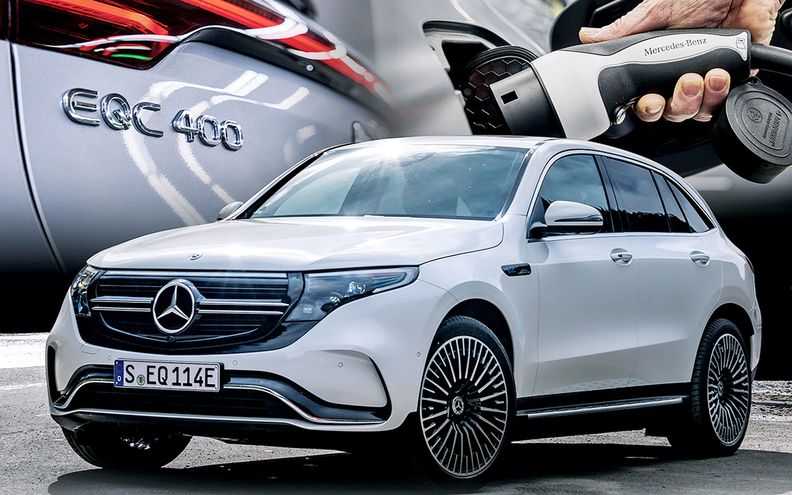
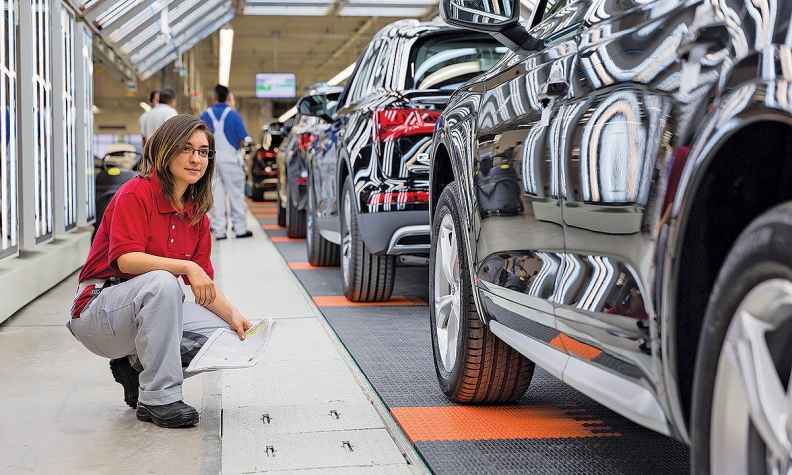
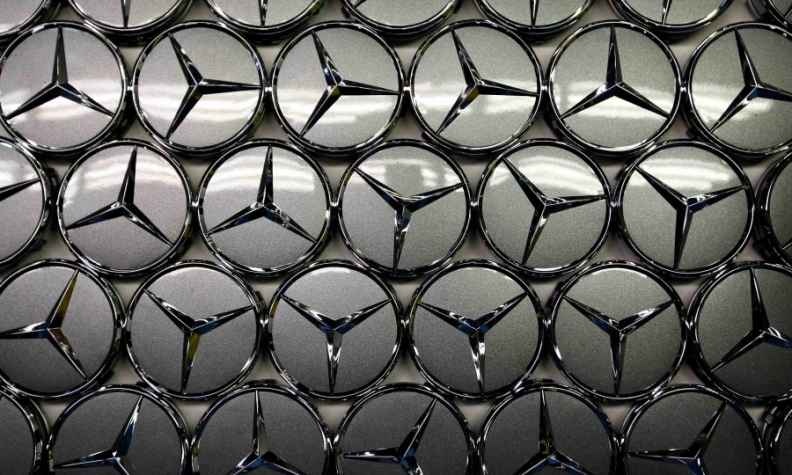
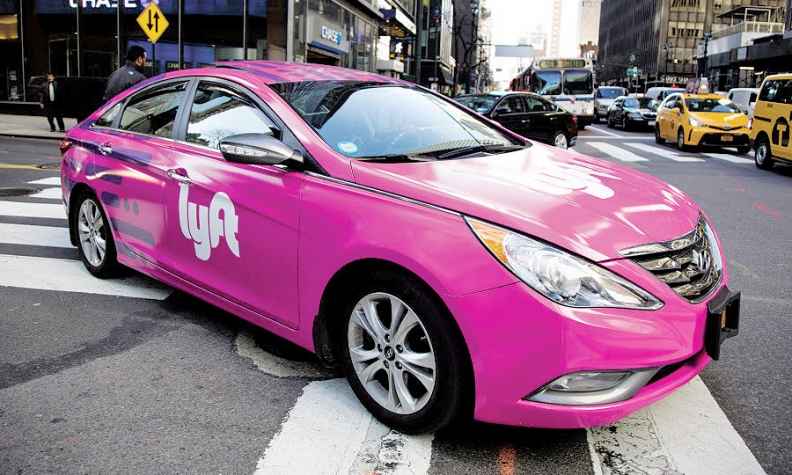
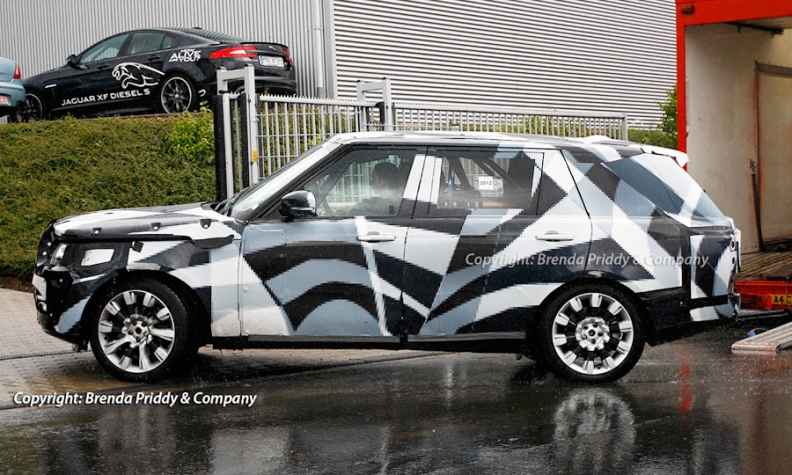
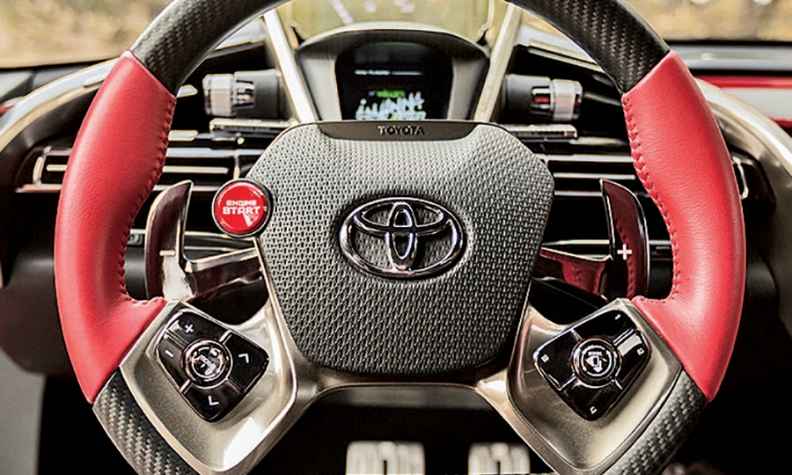
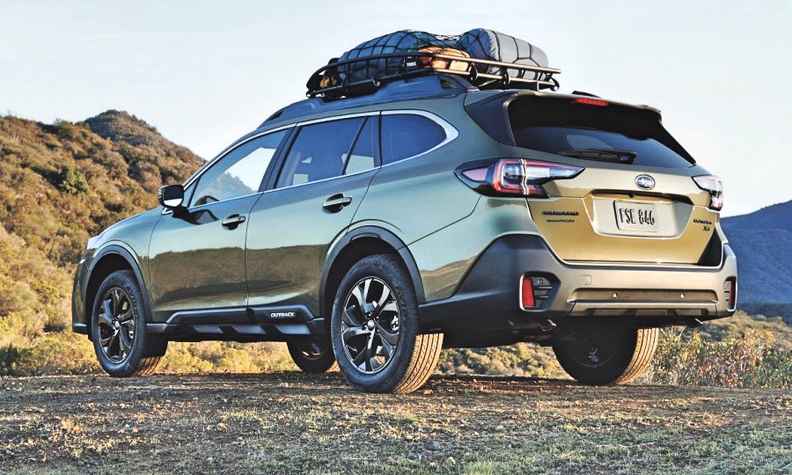
Post your comment